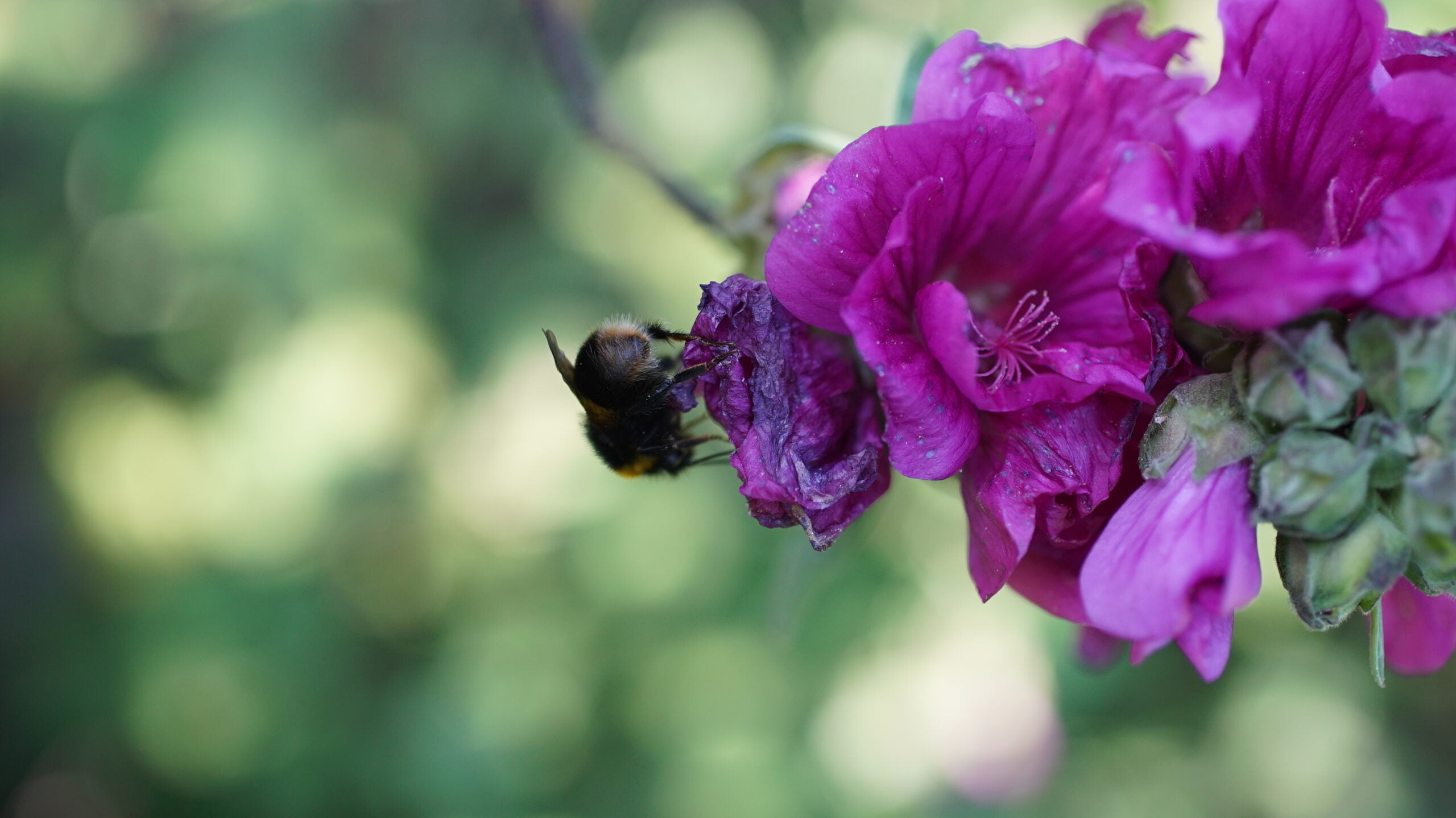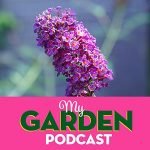How to attract bees and butterflies to your garden. Take a moment to appreciate the graceful flutter of a butterfly or the busy buzz of a bee in your garden. These winged wonders are crucial to the vitality of our outdoor spaces.
Butterflies and bees serve as pollinators in nature, assisting in the dispersal of pollen for flower and plant reproduction. By embracing these insects in your garden, you can contribute to a thriving ecosystem.
They are significant indicators of environmental health. By providing a safe haven for them in your garden, you can support their survival and make a positive impact on the environment.

Plant a variety of flowers including nectar rich varieties
Bees are attracted to a range of brightly colored flowers with simple shapes and easy-to-access nectar. Consider planting flowers like lavender, sunflowers, roses, clover, cosmos, geums, hellebores, buddleia.and mint. Buy plants for bees.
Butterflies are attracted to brightly colored flowers with easy-to-access nectar. Consider planting flowers like butterfly bush, zinnias, marigolds, buddleia, red valerian, verbena bonariensis, sedum, hebe, wild marjoram, common knapweed, hemp-agrimony and lantana. Shop plants for bees and butterflies
Vote buddleia - Great for butterflies
Season 1: Episode 20In this gardening podcast buddleia, Penny sets the world to rights while planting a buddleia. This plant is idea for attracting butterflies.
Provide a water source
Offer nesting sites for bees
Offer host plants for butterflies
Avoid using pesticides
Provide a warm place to rest for bees
Provide shelter for butterflies
Butterflies need protection from wind and rain. Consider adding evergreen shrubs, rocks, or other structures to your garden to provide them with a place to rest and hide.

